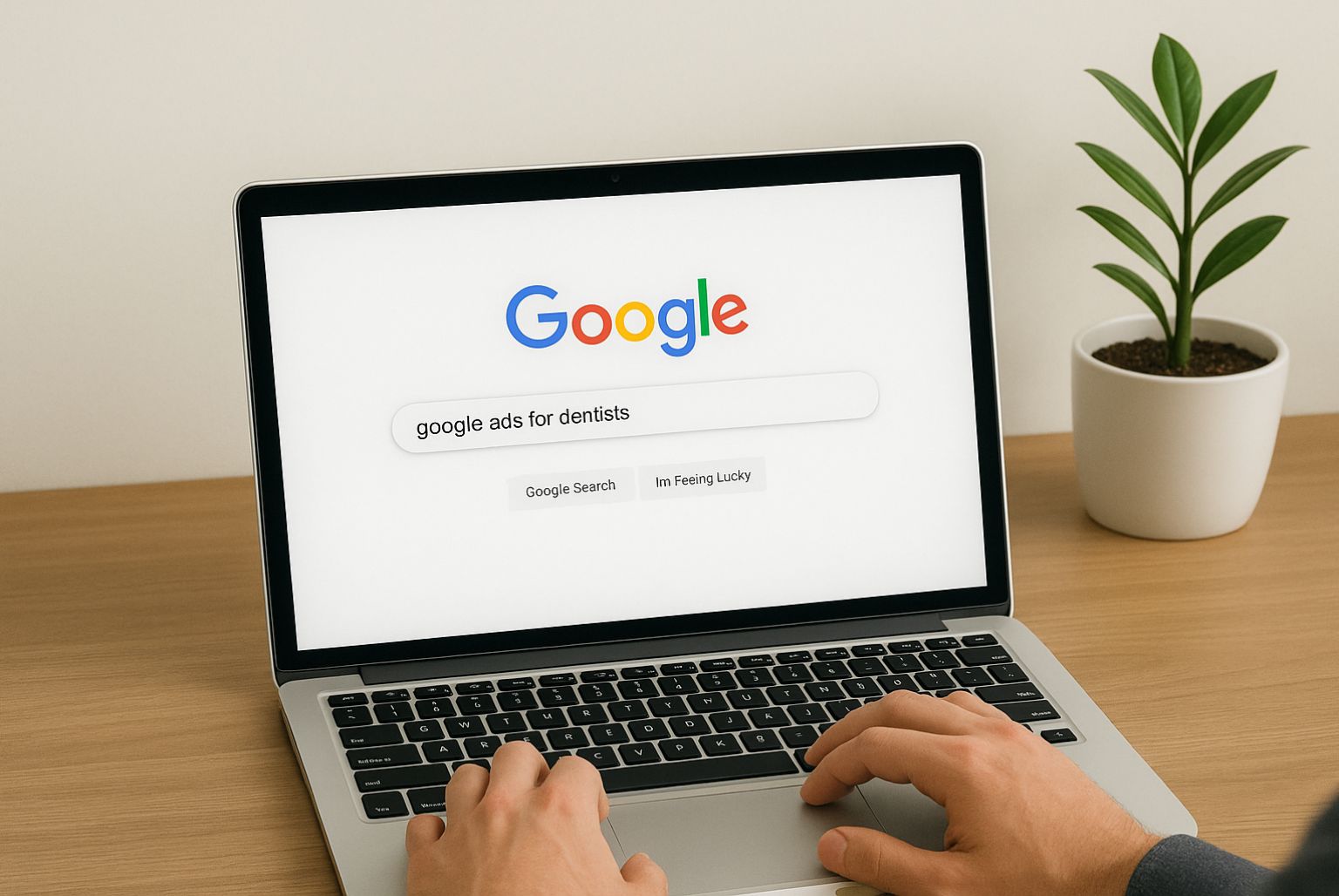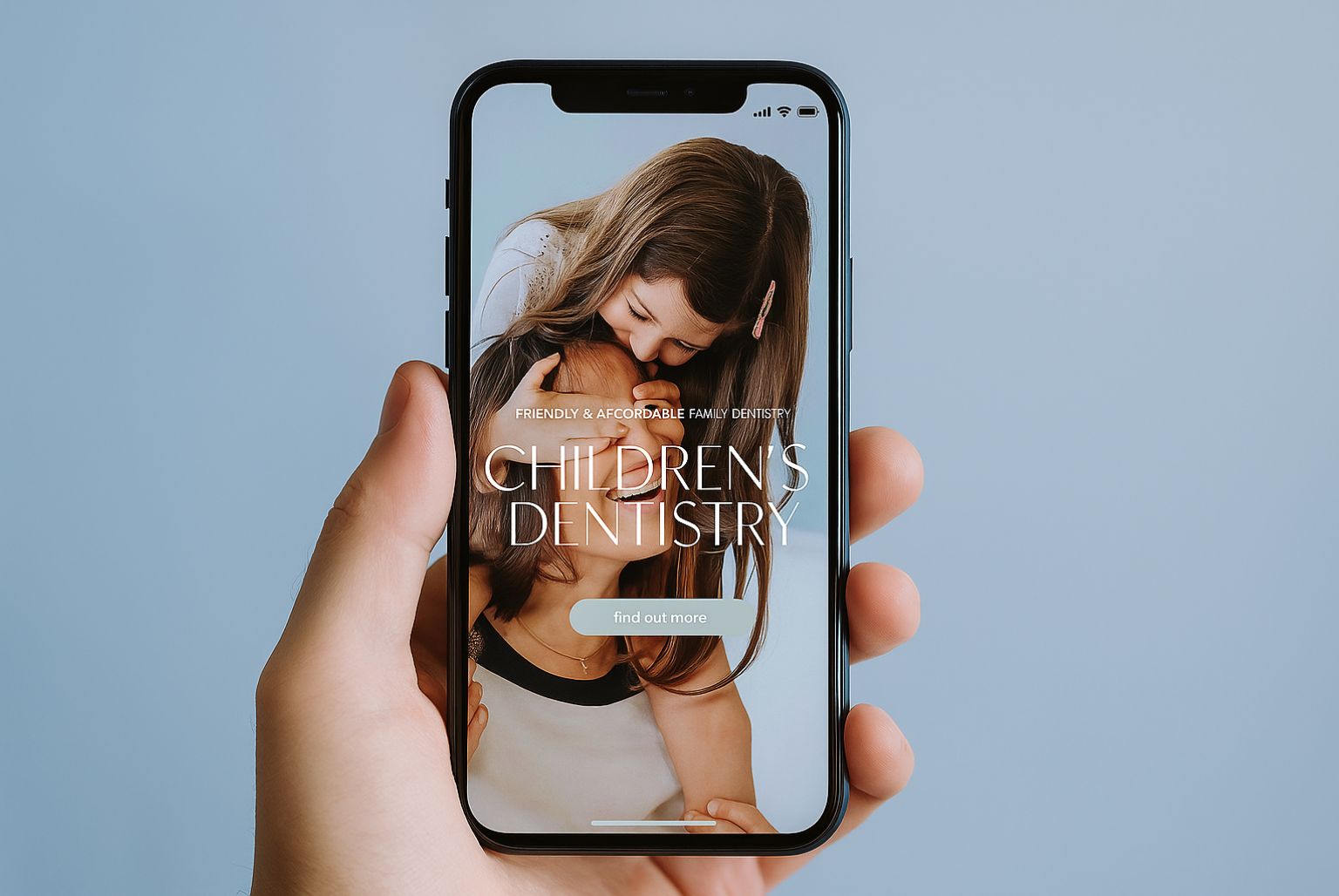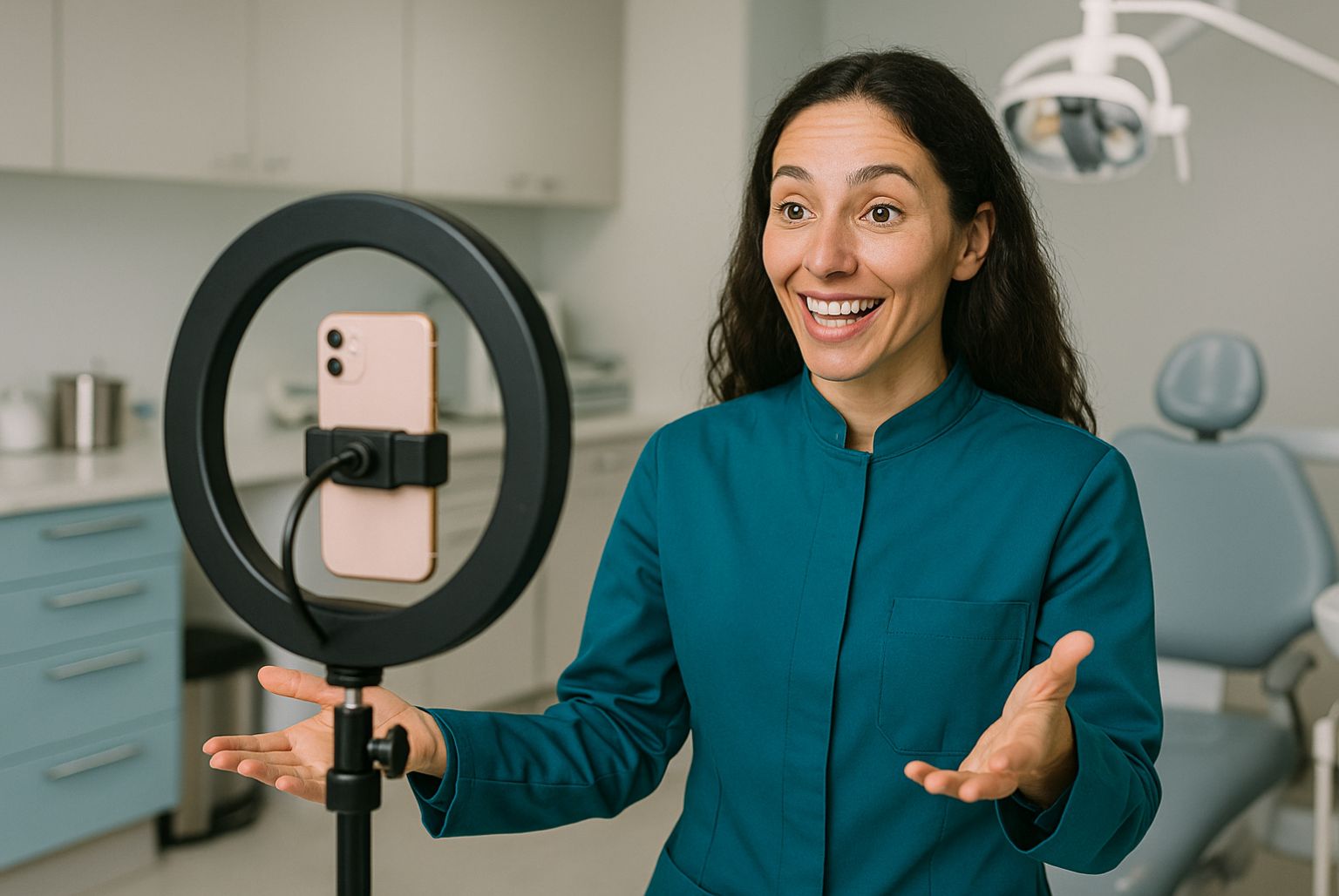One question we’re asked a lot is whether there’s a magic formula for getting to the top of Google and whether organic SEO really works.
It’s important to start out by saying that there are no guarantees that your website will claim the top spot for a particular search term. Your competitors may be working just as hard as you to boost their visibility on Google. It’s also worth realising that Google is more sophisticated than ever and may return different results in different circumstances – for example, if someone has visited your website before, your content may appear higher in their search; you may also rank better for local searches, or in mobile searches, if your website has a mobile-friendly label from Google.
That being said, there is plenty that you can do to get your clinic to the top of Google through organic SEO. It may not happen overnight but, with a consistent approach, you should see an upward turn over the coming weeks and months.
1. Content, content, content
The number one way to get in Google’s good books – as well as your patients’ – is to provide your website visitors with valuable content. Google looks at signals such as your website’s bounce rate (whether people ‘bounce’ away from your site from the same page they land on), the average number of pages visitors look at, and how long they spend on your site to decide whether your content is engaging visitors.
The longer people stay on your site and the deeper into it they go by visiting pages not found on the main navigation, the more favourably Google will view your content. Blog articles and FAQs are great for providing long-form content that keeps people reading.
Providing content that is targeted to your patients and gives plenty of value is also important because it’s more likely to attract shares, likes and comments on social media. Again, Google views this social endorsement positively and, the more widely content is shared, the more likely it is to attract traffic to your site. This is also a signal that you are attracting traffic organically and from various sources, which acts like a vote of confidence about your authority.
2. A single focus for each treatment page
It used to be that Google used keyword tags to help rank a page but, because so many people were trying to ‘game’ the search engines with keyword stuffing, keyword tags stopped being a ranking signal several years ago.
However, it is still a good idea to have a single focus keyword or key phrase for each page of your website. If, for example, you want to get to the top of Google for teeth whitening, you should have a dedicated page all about your teeth whitening treatment that is only optimised for ‘teeth whitening’ and no other treatments.
Ideally, visitors will click on a link to a web page expecting to read content about a particular search query and be rewarded with content that answers their questions on that topic.
Don’t get too bogged down with keywords. Although they’re a good way to measure the success of your optimisation, Google’s Hummingbird update in 2013 was rolled out to prioritise semantic searches, where people get results around words that mean the same as their keyword search.
3. Meta data
Meta data is the information built into the backend of each page of your website that tells Google what the page is about but also appears on search engine results pages (SERPs). Each page of your website should have a unique focus keyword or phrase, unique SEO title and unique meta description.
Here’s an example from one of our clients, Marlborough Dental Studio:
The top line is what is known as the title tag or SEO title – as well as being the main heading that people will see in SERPs, you can also see a page’s title tag when you’re on a website and you hover your mouse over the grey tab above the search bar (see below).
Ideally, your title tag should be just 50-60 characters (55 is preferable) as Google will cut anything longer off in SERPs. If possible, use your focus keyword or phrase in your title tag, preferably near the beginning, to tell Google what the page is about.
Going back to the ‘teeth whitening’ example, you might try using a title tag along the lines of: Teeth whitening Location | Whiter teeth | Practice name
The meta description is the couple of lines of copy beneath the title tag and web address in the search results. This should be a maximum of 150 to 160 characters, as anything longer will get cut off in the SERPs.
If you don’t add a meta description to each web page, Google will simply pull the first 160 characters of text from the page, whether or not they will make sense to readers.
This is your first chance at converting internet users into website visitors and then into patients, so your meta description should invite people to click through to your site. Try to incorporate your focus keyword and make the meta description a call to action. Using the teeth whitening example, once again, you could try something like:
Want a whiter smile for your wedding day? Our in-office teeth whitening treatment will give you photo-ready teeth in just one appointment. Call XXXXX XXXXX.
4. Headings
The titles you use on each web page are important for several reasons. For a start, most of your website visitors will look to the titles to decipher what the content of the page is about, but they may not go on to read the body copy. If you can show people at a glance that they’ve arrived on the right page for their query and that there’s a reason to stay on the page, you can significantly boost your conversion rates. At the same time, using titles and subtitles with the proper heading tags attached to them in the code of your website will help Google to understand what the main focus of the page is.
Your main heading should have what’s called an H1 tag, which tells the search engines that this is the most important heading on the page.
Less important headings and subheadings should have H2, H3, H4 tags and so on.
Breaking your content up into clearly titled subheadings – a lot like we’ve done with this blog – will also help people who are just scanning the content of a web page rather than reading it in detail. With this blog for example, a reader only needs to read the main title and sub-headings to get the gist of our advice; reading the copy in-depth adds more value.
5. Alt tags
When you add a picture to your website, you have the opportunity to add an alt tag – this is a short piece of text attached to the image. It can’t be viewed by most website visitors but tells Google what the image is about – because Google’s algorithms can’t decipher images – and gives information to visitors who are using screen readers to access the content of the site.
Although it’s tempting to hide a load of keywords behind an image, Google views this as bad practice. Instead, you should add a short, concise description that encapsulates what the image is. If possible, try to incorporate your focus keyword. If you feature a picture of one of your patients receiving a teeth whitening treatment, for example, the alt tag might be: Patient has teeth whitening at <Practice name>
Other ways to get your clinic website to the top of Google using organic SEO
There are other ways that you can boost your website’s organic Google SEO performance. Site speed, Schema markup, citations, external backlinks, a good internal linking structure, social proof, reviews, site security, and social media are just a few of the factors.
The single most important thing you can do for your search engine optimisation is to keep your potential patients centre stage. Does your website offer them a good experience? Is the content easy to access? Well presented? Easy to navigate? Is there a call to action that tells them what they need to do next?
Talk to your patients in their language and you’re already a good step ahead many of your competitors.




